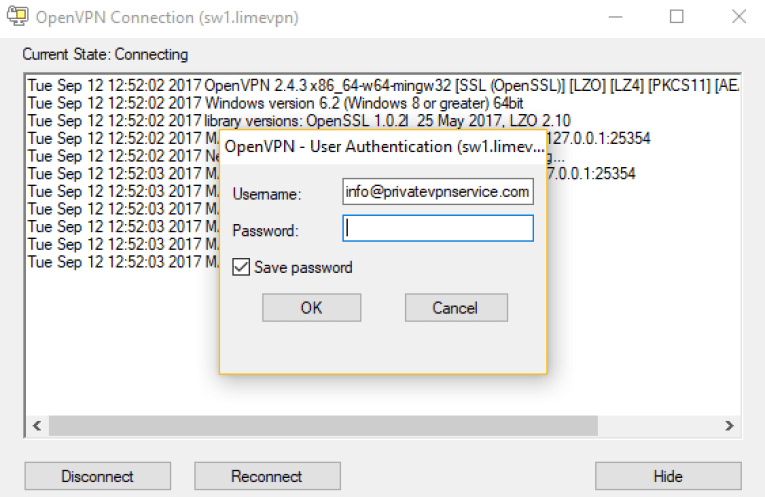One of the most secure and widely used protocols is OpenVPN. It is very secure and stable, offering decent speeds. The protocol is always highly recommended and we always tell our users that when they’re selecting a security protocol for their VPN, they should always use OpenVPN over any other protocol. Other protocols just cannot keep up with the security and coding that OpenVPN provides. If you’re still unclear about what OpenVPN is and what it does. This article will explain everything you need to know about the protocol. After all, if you want to protect your privacy when you’re searching online, you should know about the protocols you’re using.
Navigation of Contents
What is OpenVPN?So How Does OpenVPN Work?How to Use OpenVPN: Step-by-Step to Setup OpenVPN ConnectWhy use OpenVPN?What are the Disadvantages of OpenVPN?
What is OpenVPN?
OpenVPN is one of the more recent developments in the security protocol world of VPNs, currently being the second most recent software available (with Softether being first). The protocol is widely used in almost all service providers and provides users with superb security, privacy, and stability. The protocol itself also has some cool features which will be discussed further on in this article.
**Official website: openvpn.net
The majority of protocols on offer cannot come close to OpenVPN, except for SSTP, which provides similar security but is only available for the Windows operating system. OpenVPN can be configured to work on a range of devices, including Windows, Mac, IOS, and Android. However, its compatibility with Android is very new and some tweaks need to be made for it to work smoothly. Nonetheless, with the right coding and knowledge, OpenVPN can be used to protect any user on any device.
So How Does OpenVPN Work?
OpenVPN provides a secure and stable connection to the internet through a client-server setup. The server that the OpenVPN is setup on will directly connect to the internet and the client will connect to the server, connecting to the internet indirectly. Does that make sense? You (as the client) connect a server that has the OpenVPN protocol installed and then that server connects to the internet. You get an internet connection but the details of the server are shown instead of yours. Because OpenVPN is being used on the server connections, not only is your IP hidden but the tunnels are securely hidden with complex coding. Not even your ISP can see your web traffic and the OpenVPN protocol can burst through firewalls easily.
How to Use OpenVPN: Step-by-Step to Setup OpenVPN Connect
As you’ll see below, we have already criticized OpenVPN for having a lack of clear instructions when it comes to configuring their software. Unfortunately, you need to get your servers configuration files if you are to do this manually. So for example purposes, we are going to use LimeVPN because they provide simple instructions on how to use OpenVPN with their servers. This will be the tutorial for Windows only.
Navigate your way to OpenVPN.net and go to the community downloads section
Click on the .exe file for “Installer, Windows Vista or Later”
Download the file and make your way through the installation Wizard. When you get the option to save the files to a location, make sure you remember where it is!
Next download the OpenVPN configuration files (ask your provider for these, Here I use limepVPN as the sample, you can easily search some free OpenVPN server online free also, This page search some free list.)
Extract all the files in the zip file to the OpenVPN destination folder you memorized earlier
Once completed, find OpenVPN GUI in your start menu and run it (sometimes as the admin)
You’ll see a little icon pop-up in your desktop tray. Right-click it to get access to the servers
Pick a server, right-click it and then select connect
Input your account details for LimeVPN and connect to the server (the little OpenVPN icon will go green)
I know – it’s complicated.
Why use OpenVPN?
So what can the OpenVPN security protocol do? It is the most used protocol among VPNs so there has to be something good about it. We’re about to look into OpenVPN and the features it provides its users. OpenVPN has many excellent features that allow it to hide you from ISPs, get past firewalls and you can even play around with the coding of the protocol to customize it how you please. Here are some of the features.
Open Source
This is one of the few security protocols that you can play around with. When I say play around, I mean you can go into the coding and software of OpenVPN and change it how you please. Of course, if you don’t know what you’re doing you shouldn’t be messing with the software’s infrastructure. However, if you are an expert coder and know your way around the protocol, you can make some great changes and improve your experience.
Tough Encryption
OpenVPN uses OpenSSL for its encryption which provides users with the highest level of security available. RSA 4096-bit encryption can also be used with the software and you can even send OpenVPN through NAT or HTTP. Because of the advanced nature of OpenVPN, the protocol can easily bypass firewalls, making it an excellent protocol to have when you’re fighting against China’s security systems (The Great Firewall of China). As of yet, no one has been able to hack or break the OpenVPN encryption. There have been many attempts but no successes. This is why it is so heavily trusted.
Flexible
As I have already stated, OpenVPN can be used with a range of devices, including Windows, Mac, IOS, and Android. However, although it can be coded into most operating systems, it struggles with Android and some adjustments need to be made until it is perfect.
What are the Disadvantages of OpenVPN?
Although OpenVPN is one of the most widely uses protocols, it does have its downsides. This section will go into what is not so great about OpenVPN and why some people may choose other protocols instead. Here are a few disadvantages to using OpenVPN.
Requires a Third-Party Software
Although OpenVPN is great to use and protect you when you’re surfing the web on a VPN, you cannot use the protocol effectively without addition scripts and applications supplied by other organizations. This is why you will often need a VPN service provider who has already configured the protocol into their servers. If you do not use addition third-party materials, you will not be able to change the logging or the authentication settings, which are essential if you using a VPN.
Can Be Slow Depending on Your Configuration
This one depends on the security configuration you have setup. Using OpenVPN with lower settings (encryption, authentication, handshaking, etc.) can get you great speeds. However, if you start using OpenVPN with lots of additional securities like RSA 4096, the connection may start to slow, making it a bit of a pain when you’re trying to stream or torrent.
Needs Improving on Mobile Versions
This has already been mentioned above but will be mentioned again for the sake of the article. OpenVPN can be configured on a variety of devices very well but struggles when it comes to mobile devices. In particular, Android has been very hard to adapt to and many imperfections need to be smoothed because OpenVPN can be used effectively. At the moment, L2TP works well on Android, but the security on this is terrible.
Quite Hard to Technically Understand
If you have visited the website for OpenVPN, you will have noticed the complex language that is used when explaining the software. This is because OpenVPN is not designed for the novice when it comes to coding and computers. As a result, individuals who are not experts struggle to get anywhere with the software because of the lack of simple instructions. Their website is littered with complicated jargon that even I don’t understand. The manual configuration of this protocol is difficult, so just go through a standard VPN service instead.
Conclusion
OpenVPN is one of the best security protocols available for VPN use. It offers a very secure connection, using 256-bit encryptions with a range of other security configurations available. The software is widely used in all VPN services and is recommended if you want to give yourself the best security and privacy. However, although the software is excellent, it can slow your connection if you use heavy security features and is quite difficult to download and set up manually. But if you want to give it a go, be my guest!
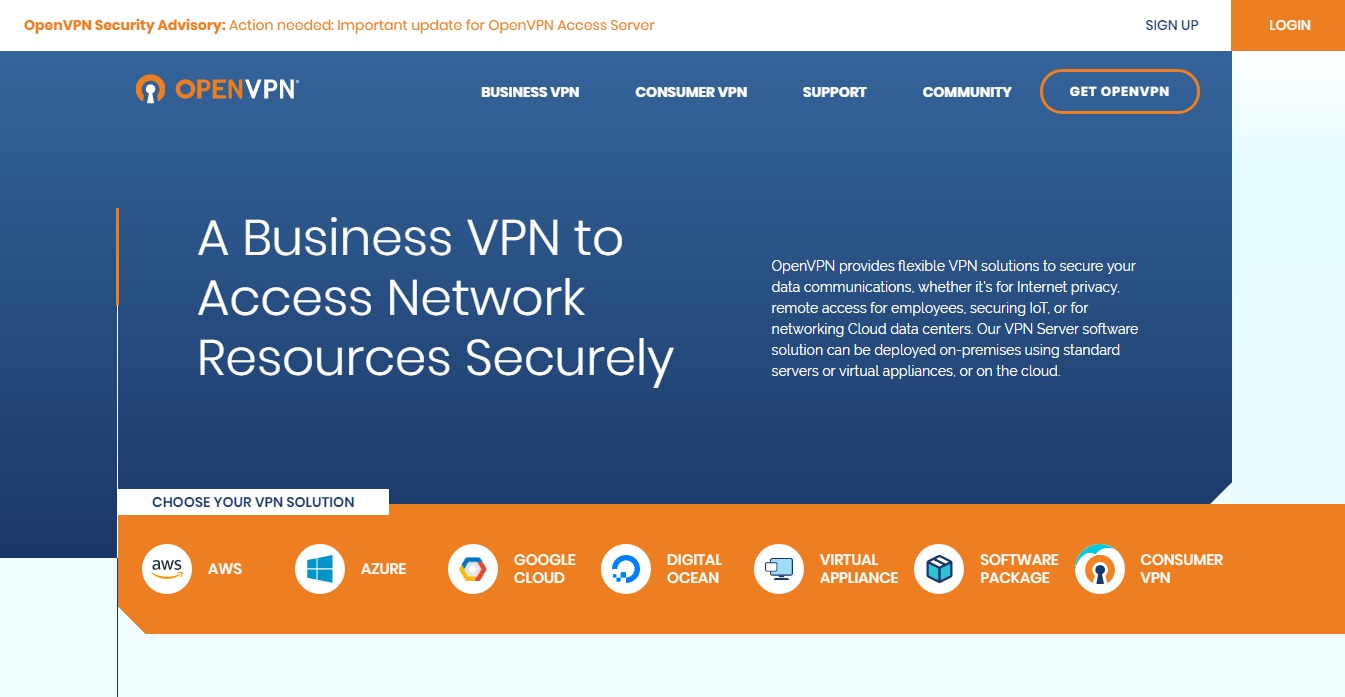

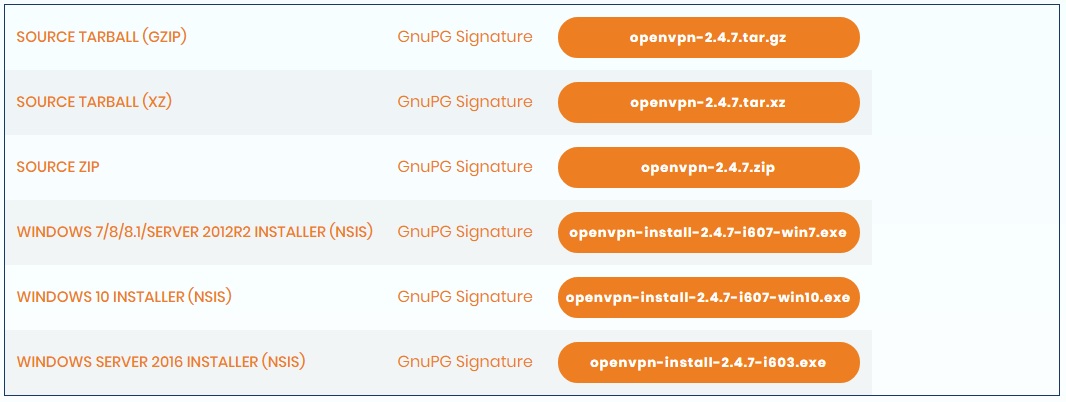
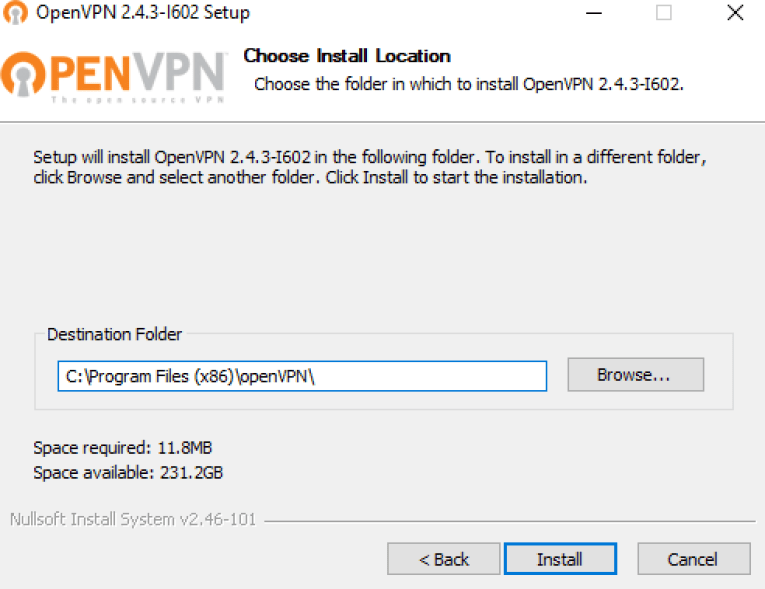


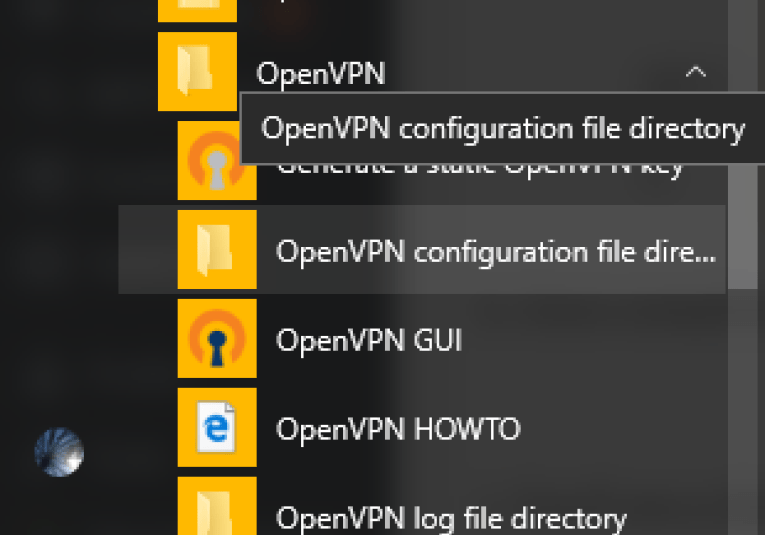
![]()

